§ Dave Itzkoff elides the Dark Knight III experience for the NY Times. It was pointed out a few times that this piece only interviews men and while I’m fully aware that many woman like Batman, I think this can be labeled a “guy thing” without too much outcry.
§ Forge magazine presents a short video tour of Michael DeForge’s apartment and while I would have suspected it was quite something, I never could have imagined this.
§ Chris Ware reviews Killing and Dying by Adrian Tomine. TLDR: he liked it.
§ Bustle magazine rounds up writing tips from graphic novelists.
§ Although she’s left behind journalism as a profession, Hannah Means-Shannan is still turning out excellent reports on comics events such as this panel on Image comics featering the DeFractions, Greg Rucka and other Portland locals.
§ Zainab Akhtar went to Thought Bubble and has a comprehensive and delightful report…but at what cost?
My con report process goes something like this: 1) pre-con: I’ll do a photo-post this time. Simple, effective; time-efficient. 2) Con duration: get caught up in it all and take about 10 crap pictures in the last hour of the day. 3) Post con: Perhaps a few annotations here and there; bullet-points to give it some essence. 4) Oh good lord this piece is 3000 words long, shows no signs of ending, and is as boring as fuck; end-me-now. If you’ve been reading any of my con reportage this year, you’ll know the sheen overall has been wearing off a bit for me. I’ve been wondering what attending various cons can offer to the comics fan (and more specifically, to myself), as perusal of the internet can provide a similar exploration with the option of convenient purchase at the end. This year I decided I enjoyed the 2 cons I attended regularly (Thought Bubble and ELCAF) so much I’d branch out and visit more, to see what more was on offer. I ended up going to 4 cons this year and it felt like 2 too many. The experiences simply weren’t differentiated enough to make the time and money spent worthwhile; seeing the same things presented over and over. Unless you have particular goals in mind, I’m not sure that going to a number of events is necessary or fulfilling. I’m sure people are sick of hearing my vague ruminations on is subject, but it’s something I’ve been turning around in my head for a good part of the year, as more comic events pop up in the UK.
§ Embattled Malaysian cartoonist Zunar came to the US and Michael Cavna got to interview him.
WHEN THE call comes, I move briskly to an unassuming quick-bite coffeehouse in Northwest Washington. Because when a man from Malaysia says his nation’s “corrupt regime” is trying to put him behind bars for decades, and that he’s maximizing his time while out on bail, awaiting trial and charged with nine counts of sedition — well, his minutes are especially valuable right now.
§ The Wall Street Journal interviewed Ben Katchor and what do you think the angle was? A Cartoonist’s Skewed Look at Small Business. Okay, that’s one take on this cartoonists genre defying and completely original work.
WSJ: How do you think the idea of small businesses, small shops, connected networks of nuts-and-bolts people, developed in your work? MR. KATCHOR: Over the years of writing and drawing the Julius Knipl series, I plunged deeper into how these business relationships colored interpersonal relationships and every aspect of life. Everything I saw around me was raw material for poetic reveries. In time, I was able to invent my own businesses and forms of merchandise. I was able to partake in the fictional nature of the business world.
§ I was intrigued by the account of how the Lynd Ward Prize committee picks a winner:
A rotating five-person committee selects the winner. Joel Priddy, a graphic design professor and committee member , said he lost count of the number of books he read. “It was a mountain. I don’t have a specific number. Maybe 90? It was a lot of books, an overwhelming number of books. It was a tremendous pleasure to read them all. It’s great to be given a mountain of comics and read them,” he said. Fellow committee member Veronica Hicks, a graduate lecturer and Ph.D. student , said the deliberations began in December and took about four or five months total. The committee would hold monthly meetings and weigh the various merits of each book. “As the process kept going it was kind of bittersweet. We all developed favorites,” Hicks said. “But it’s not about our individual choices. It can’t just be something we love — we had to find something really innovative and dynamic.”
§ Brady Dale recently wrote a four-part look at the evolving webcomics business for the Observer and noted that very few people are doing it the way they did a while ago.
Mr. Rowntree’s approach was unique in our discussions. Not only is he not trying to adapt, he’s even eschewing most artists’ monetization standby of going to conventions and selling T-shirts and books. Meanwhile, everyone else we spoke to seemed to believe that their webcomics had created a sort of base of notoriety for them, but also that the less each of them relied on that original source for financial support, the better off they would all be over time. “‘Webcomics’ is a pretty dated term. I have been a comics professional for 12 years,” John Allison told us via email.
Other topics examined include Patreon and more.
We were surprised to find that that answer to the latter question appears to have become, dominantly, Patreon. The site facilitates ongoing, regular and often very small payments to creative people. The Observer previously covered its recent hacking. “I think you probably are seeing as a general trend of people doing more varied things. Part of that is the Internet and part is them just them getting better at their craft and getting more opportunities.” Mr. Malki, who also works on staff for Topatoco, a merchandising company serving lots of prominent webcomic sites, said in a phone call.
This was a pretty good, baseline report on where a huge part of the comics business is at right now. I would have liked to see more numbers, but those can be hard to come by.
§ Vox had a very glowing profile of Marvel’s Sana Amanat, who has been promoted to director of content and character development, an amorphous sounding but key position. I would feel more comfortable with the piece’s comparison of Amanat to TV Showrunner Shonda Rhimes if it didn’t seem an easy way to position two powerful women of color. Is Tom Brevoort the Aaron Sorkin of comics? OTOH, Amanat is awesome and deserves a glowing profile.
§ Meanwhile, Afua Richardson was interviewed about comics and hip hop at the NC Comicon. §



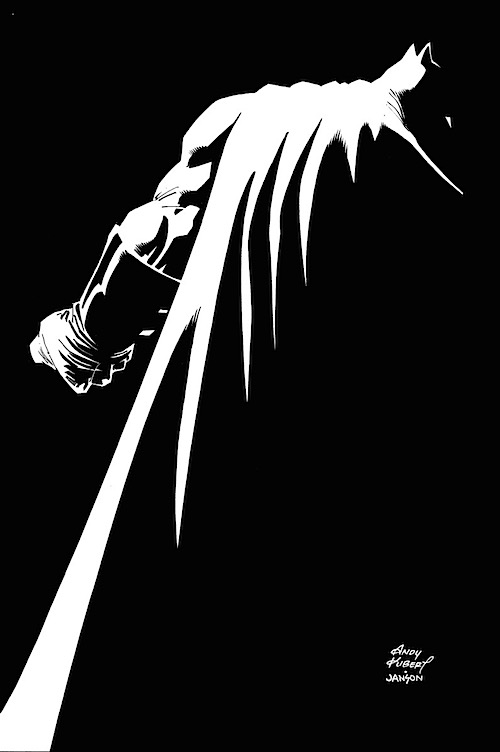
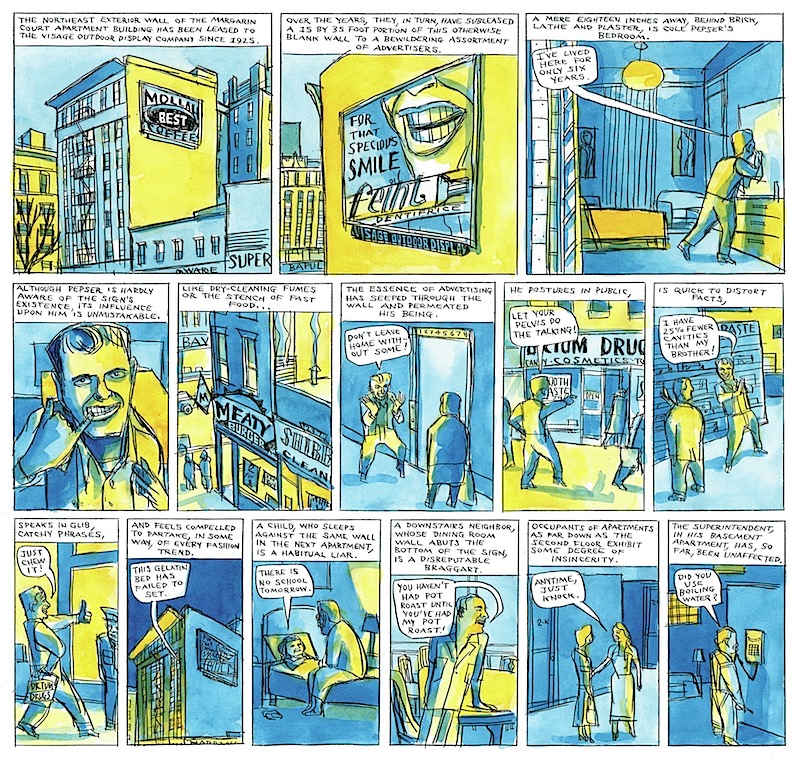
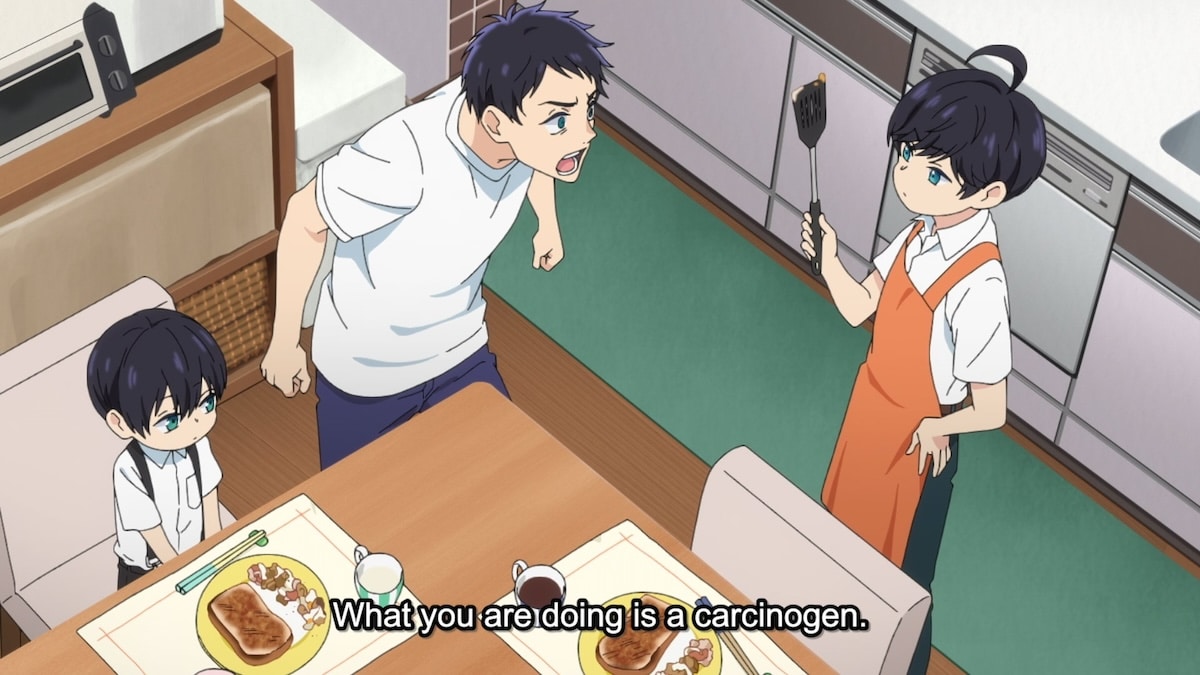
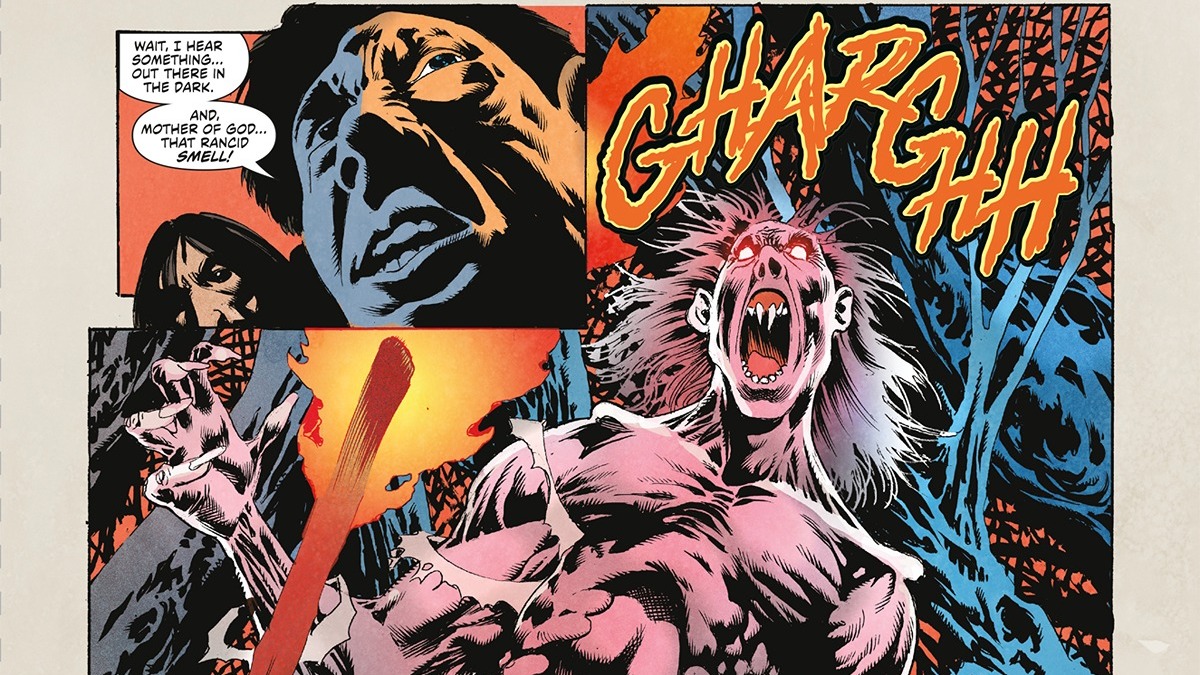
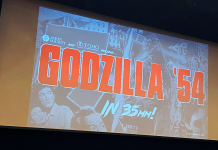






Y’know, if you’re gonna use a fancy word to make yourself smart, you’d better make damn sure you know what it means, or it defeats the entire purpose.
http://www.merriam-webster.com/dictionary/elide
I do believe all the ideas you’ve introduced for your post.
They are really convincing and can definitely work. Nonetheless, the posts are too short for starters.
May you please prolong them a bit from next time? Thanks
for the post.
>> comics events such as this panel on Image comics featering the DeFractions, Greg Rucka and other Portland locals.>>
I don’t know which of us you’re confusing with Rucka, but Greg wasn’t there…
kdb
Comments are closed.